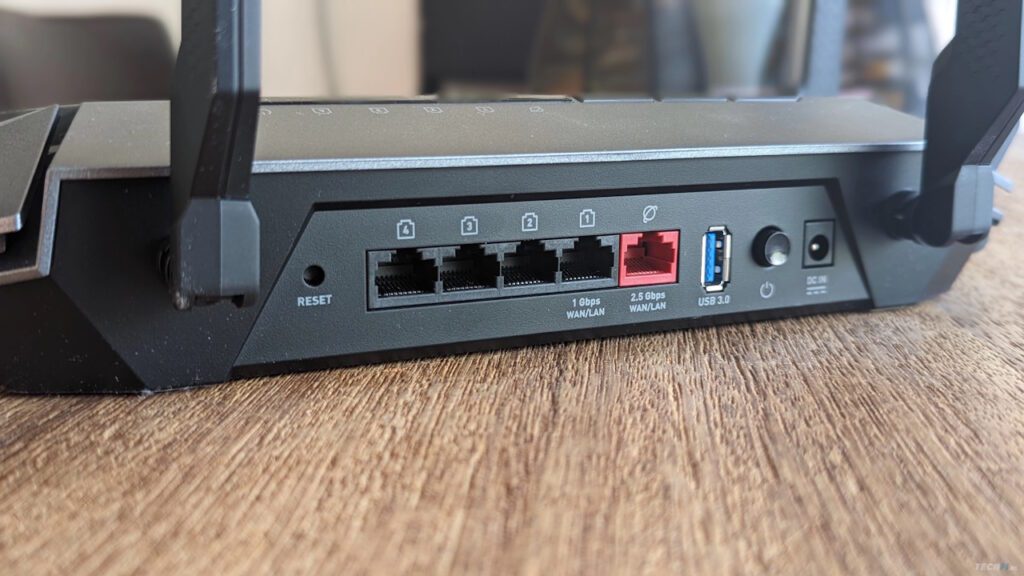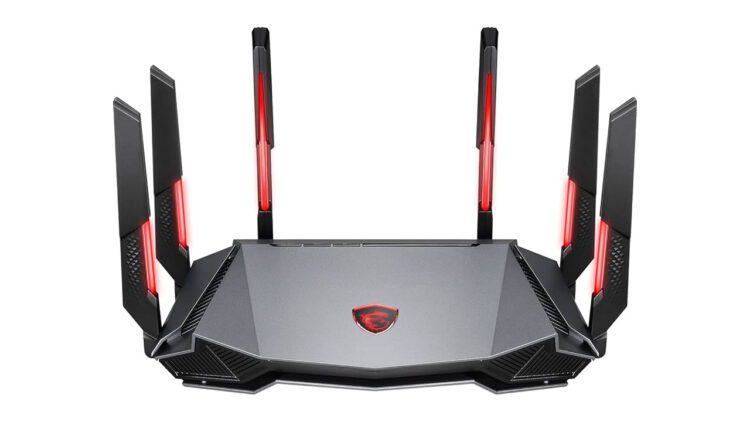A Gaming Router you can rely upon is here.
For any serious gamer, a stable and strong internet connection is vital while playing through streaming. A strong bandwidth is thus an absolute necessity to ensure smooth flow of processing, and the best way to ensure that – a strong and stable internet connection notwithstanding – is via a Gaming Router.
Much like a standard internet router, a Gaming Router is specifically designed for gaming capabilities, incorporating specialized software designed to search out the nearest and best server to reduce latency, shore up signal strength and stability, and improve gameplay overall. Serious gamers will always choose a Gaming Router over WiFi simply because of the unreliability of the latter in relation to gameplay and a powerful wireless connection via specialist gaming hardware is the only way to go.
Gaming routers have come a long way in a short period of time with the new generation of routers spouting some serious tech capabilities alongside ever-expanding signal reach, highly efficient security and privacy features, and parental control functions. Most new Gaming Routers are also built to be customized to individual specifications, enabling the gamer control over the router’s operations.
One of the most well-reviewed and respected Gaming Routers to hit the marketplace is MSI’s signature Radix Axe6600 unit which since its release in March this year has garnered a deserved reputation for stability of signal and reliability of performance. In this article, we will review the Axe6600 and how it holds up with rival routers.
1. Design

One look at the Radix Axe6600 and you just know this bad boy means business! A sleek body with sculpted cooling grills and beveled edges gives it an attractive aesthetic with no less than 6 non-removable antennas with embedded LED light strips with multiple color settings that denote the status of QoS modes.
The unit has 4 LED light indicators for power, internet connection, WPS, and WiFi on/off settings. Also prominently displayed on the unit top is a backlit Dragon Shield button that allows you to switch between the different QoS modes.
MSI has also been generous when it comes to ports in the rear of the router, with no less than 6 ports in all; namely, a 2.5Gbps WAN/LAN port, a 1Gbps port, three 1Gbps LAN ports, and a USB 3.0.
2. Installation

In initially setting up the Axe6600, there’s no problem and is actually very easy to do, even for a novice. Once the device is connected and powered-up, you can choose to operate it via either a web-based console or MSI’s own mobile app.
The web console is the more versatile of the two options, opening to a user-friendly interface wherein you can choose one of four settings for QoS mode, additionally there is a Traditional QoS mode where you can manually configure QoS to your own specific requirements.
Below the QoS settings you have a status panel denoting CPU, network processing, and memory usage in real-time. Alongside that is a network and connectivity table for wireless options. You also have a range of WiFi options to choose from, such as Smart Connect, WPA, RTS Threshold, and TX Power.
3. Performance and Pricing

Upon a range of tests, the Axe6600 held up very well with strong signal strength even up to 30 feet away and up to four devices operating through the router at any one time.
The Axe6600 supports a 6GHz wireless band, which literally doubles the capacity of previous bands and allows for up to 7 non-overlapping wireless channels at an impressive 160MHz strength. Additionally, with a strong internet connection in place, you can expect uninterrupted wireless speeds of 700-800 Mbit/s.
The Axe6600 has a RRP of $186, putting it at the budget end of premium Gaming Routers and for that price you get a solid, built-to-last piece of tech that may not reinvent the wheel or revolutionize the router landscape, but it has it where it counts and is an overall reliable router that pulls its weight and is a prime choice for any avid gamer.




